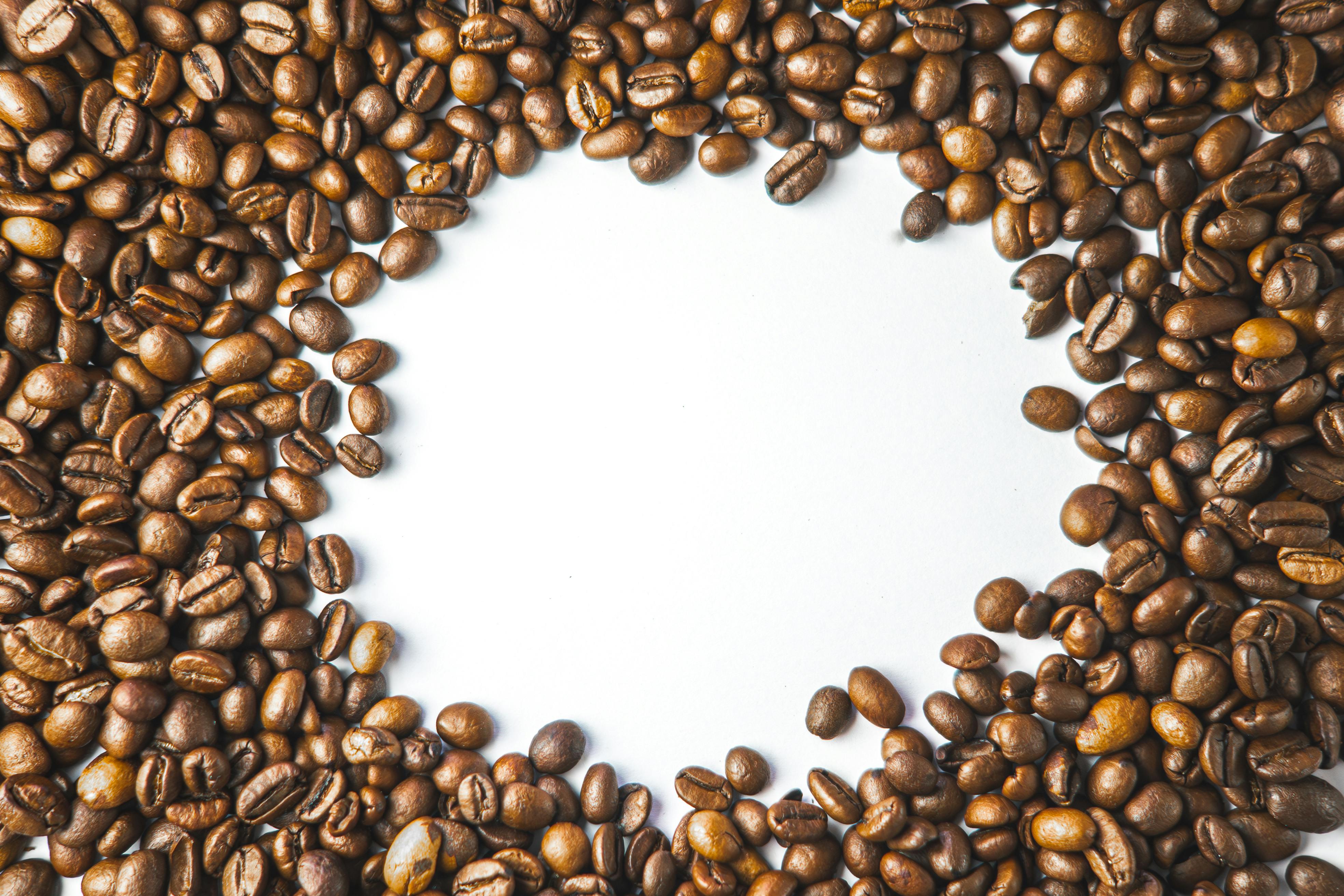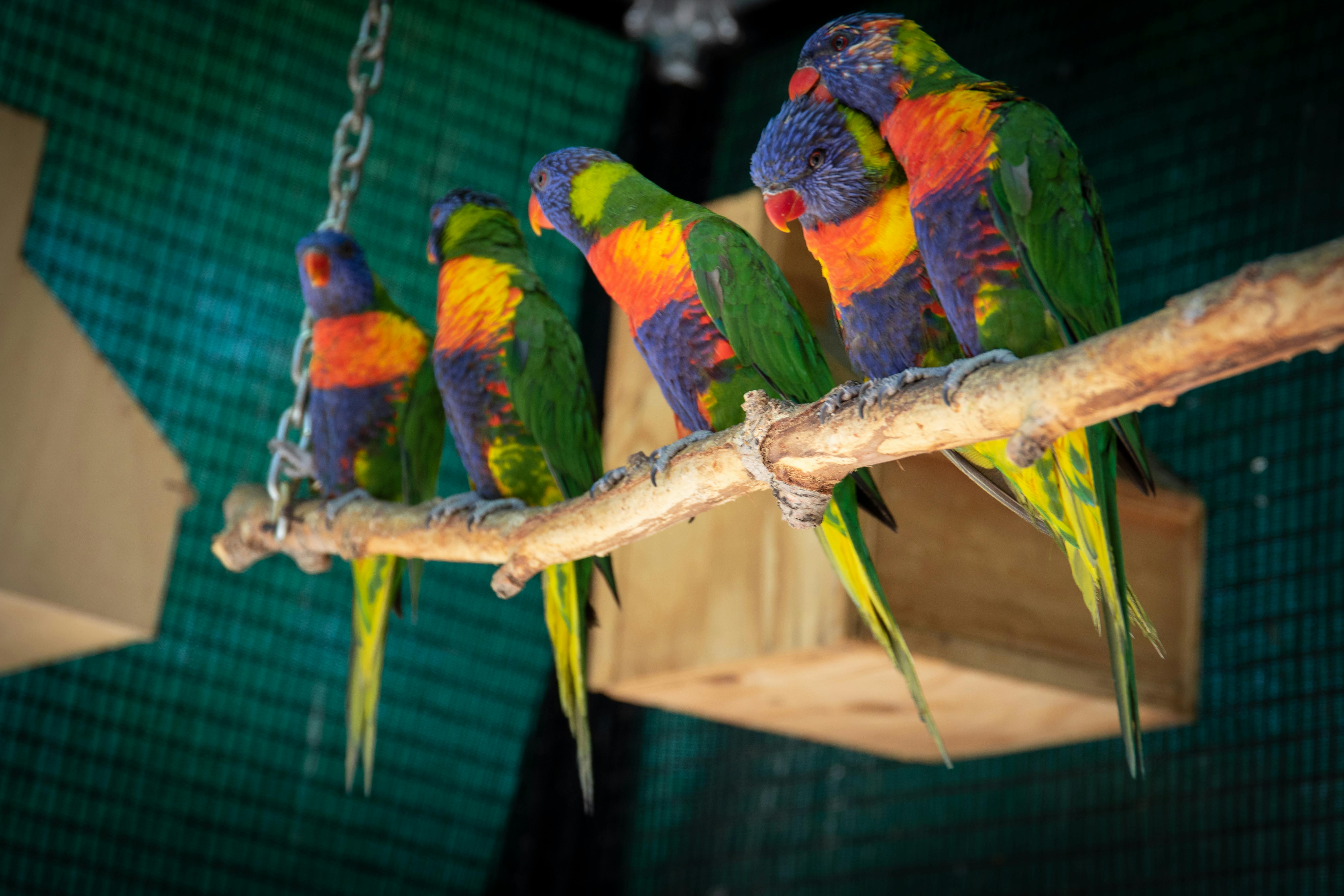
Smart Ways to Enhance Your Ring Neck Parrot’s Well-Being in 2025
As pet owners, ensuring the well-being of your ring neck parrot is paramount, especially as we step into 2025. Ringneck parrots are known for their vibrant personalities and intelligence, and providing them with an enriching environment is crucial for their happiness and longevity. In this guide, we will explore various aspects of ringneck parrot care, from their dietary needs and socialization methods to training tips and health care practices. By understanding these factors, you can create an optimal habitat that meets the physical, mental, and emotional needs of your feathered friend.
Incorporating activities and resources that enhance your parrot’s life will lead to better health outcomes, longer lifespans, and stronger bonds between you and your pet. This article will present practical tips on how to care for a ringneck parrot effectively, including insights on feeding, exercise, social interactions, and grooming. We’ll also touch upon the importance of understanding their behavior and personality traits.
Get ready to dive into the vibrant world of ringneck parrot care, ensuring a happy and healthy life for your avian companion!
Essential Tips for Ringneck Parrot Diet and Nutrition
Proper nutrition is a cornerstone of ringneck parrot health. An ideal diet for your feathered friend includes a mix of high-quality pellets, fresh fruits, and vegetables. Building on these fundamentals, it’s crucial to understand the specific dietary needs and preferences of your ringneck parrot.
Understanding Ringneck Parrot Dietary Needs
A well-balanced diet for a ringneck parrot is rich in vitamins and minerals. Consider a high-quality pellet as a staple. Supplement this with a wide variety of fresh produce, like leafy greens, carrots, and fruits such as apples and berries. Avoid avocados and chocolate, as they can be toxic to birds.
Feeding Tips for Ringneck Parrot
Monitor your parrot’s eating habits closely. Ringneck parrots can be picky eaters, so introducing new foods slowly is key. Mix fruits and vegetables into their primary food to encourage acceptance. For treats, opt for unsalted nuts in moderation to avoid obesity.
Common Mistakes in Feeding Ringneck Parrots
One common mistake is relying solely on seeds as a diet. Seeds may be aromatic and appealing, but they lack the essential nutrients that pellets offer. Additionally, ensure that fresh food is cleaned daily to prevent spoilage.
Creating the Best Cage Environment for Your Ringneck Parrot
After addressing dietary needs, let’s explore how to enhance your ringneck parrot’s living conditions. A well-designed cage is crucial for your bird’s physical and psychological well-being. This includes selecting the best cage for your ringneck parrot.
Choosing the Best Cage for Ringneck Parrot
When selecting a cage for your parrot, opt for a spacious enclosure made of non-toxic materials. The ringneck parrot thrives in larger cages, ideally at least 24 inches wide and 36 inches high. Bar spacing should also be narrow to prevent escape, ideally around 5/8 of an inch apart.
Enhancing Ringneck Parrot Habitat
Consider adding levels or perches of different shapes and materials to your cage. They enjoy climbing, so ropes and ladders can enhance their environment. Additionally, place food and water dishes at different locations within the cage to encourage movement.
Interactive Toys for Engagement
Providing your parrot with ringneck parrot toys is essential for mental stimulation. Toys that promote problem-solving, chewing, and foraging help to alleviate boredom. Rotate toys regularly to keep their environment fresh.
Understanding Ringneck Parrot Behavior and Socialization
The ringneck parrot temperament is notably social and affectionate. However, they require proper socialization to thrive. Understanding their behavior is fundamental in fostering a strong bond between you and your parrot.
Socializing Your Ringneck Parrot
Early interaction is key in raising a well-adjusted bird. Encourage your ringneck parrot to spend time out of the cage, exploring its surroundings. Allow them to interact with family members, but supervise these interactions, especially with children, to ensure safety.
Understanding Ringneck Parrot Body Language
Recognizing subtle cues in your parrot’s body language can greatly improve communication. Fluffed feathers might indicate relaxation, while a puffed-up posture may indicate they feel threatened. Learning these signs helps you adapt your approach for a positive interaction.
Training Ringneck Parrots to Communicate
One of the unique aspects of ringneck parrot training is their ability to learn words and phrases. Start training with simple commands, rewarding them for successfully mimicking sounds. This process not only enriches their lives but also strengthens your relationship.
Health Care for Ringneck Parrots
Ensuring your ringneck parrot’s health is equally paramount. Regular health care can prevent potential issues and extend their lifespan. Understanding common ringneck parrot health issues will help you keep a watchful eye on their well-being.
Common Health Concerns in Ringneck Parrots
Many ringneck parrots may face health problems such as feather plucking, respiratory infections, or obesity. It’s essential to seek veterinary care when you notice signs of illness, which can include changes in droppings, feather condition, or behavior.
Regular Health Check-ups
Annual health check-ups with an avian veterinarian can help detect problems before they escalate. These visits can also include weight checks, beak, and nail trimming, ensuring your parrot remains healthy.
Grooming Essentials for Ringneck Parrots
Aside from veterinary check-ups, regular grooming is part of health maintenance. Bathing your bird, either with misting or in a shallow dish, can help keep their feathers clean and healthy. Additionally, trim their nails regularly to prevent overgrowth.
Common FAQs About Ringneck Parrots
What is the lifespan of a ringneck parrot?
The average ringneck parrot lifespan can range from 15 to 30 years with proper care. Providing a nutritious diet, mental stimulation, and regular veterinary care can greatly enhance their longevity.
How do I train my ringneck parrot to talk?
To teach your ringneck parrot to talk, use simple words and phrases, repeating them consistently. Positive reinforcement through treats will encourage your parrot to mimic speech.
What toys are best for ringneck parrots?
Look for ringneck parrot toys that promote physical activity and mental stimulation. Toys that encourage chewing, swinging, and foraging are ideal. Rotate these toys regularly to maintain engagement.
How to bond with my ringneck parrot?
Bonding with your parrot requires patience and consistency. Spend time talking to them, engaging in play, and offering treats. Build a trusting relationship to encourage your parrot to feel comfortable around you.
Conclusion and Key Takeaways for Ringneck Parrot Care
Ensuring your ringneck parrot’s well-being in 2025 involves a balanced approach to diet, housing, socialization, and health care. By understanding their needs and providing proper care, you can create a satisfying life for your feathered companion. Remember to interact regularly, keep their environment stimulating, and monitor their health. With these practices, your ringneck parrot can thrive, bringing joy and companionship to your life!

